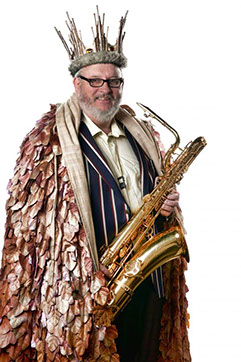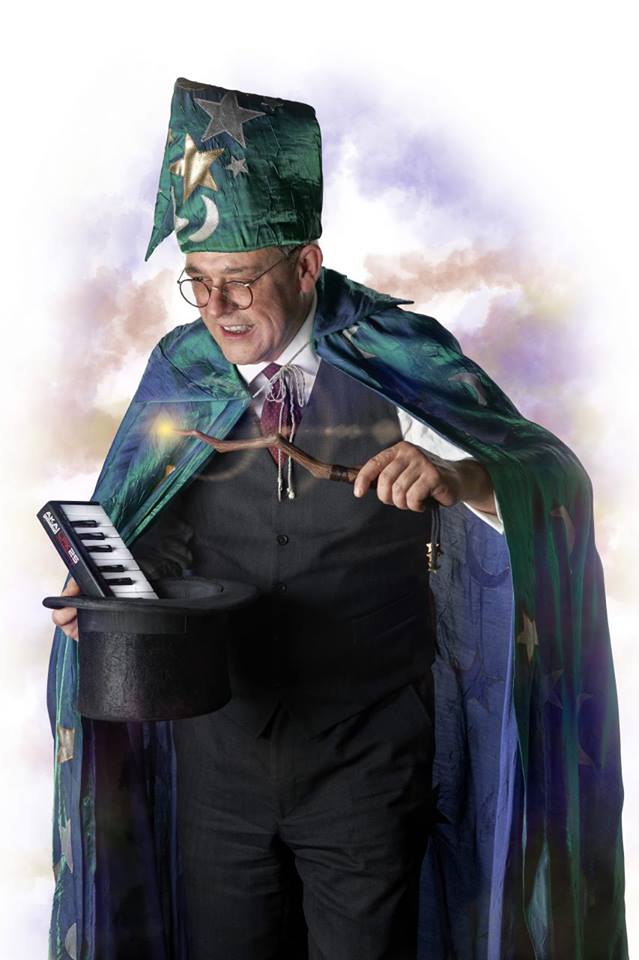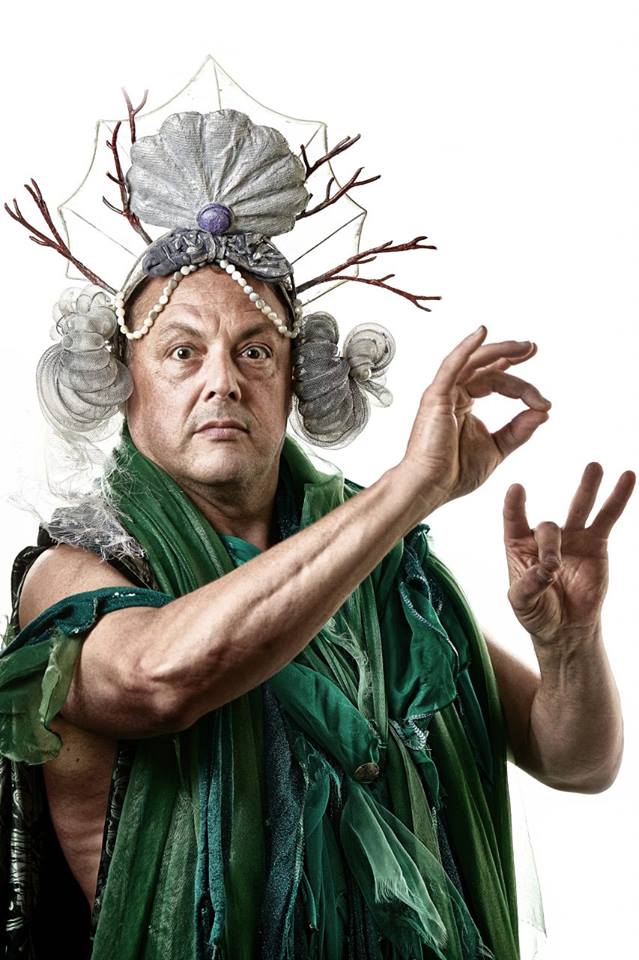The Jazz Planets



For the last thirty years of my life Iíve been researching and re-creating the music of Duke Ellington. This has gone quite well. The band has received awards, toured Europe and has been one of a handful of large British jazz ensembles to tour the U.S.
While driving in the car this time last year, “Venus” from the Planets Suite by Holst came on the radio. It suddenly struck me how Ellingtonian the curves of the melody were, and how Holst’s warped, flowing harmonic symmetry was so redolent of that of Ellington’s composing partner, Billy Strayhorn. It was a long car journey, and by the time I’d reached my destination, the broad idea of re-orchestrating the whole suite for an Ellington-style orchestra had coalesced.
Ellington playing the classics is not without precedent. in 1960, he recorded two suites of pieces, the first being a Christmas release of Tchaikovsky’s Nutcracker, and the second a shorter but very effective treatment of Peer Gynt by Greig. I had a template! What makes these works so effective is that Ellington and Strayhorn left the original themes recognisable, but at the same time adapted them to sound like convincing jazz compositions. Like the Nutcracker and Peer Gynt, the Planets is full of very strong well-known melodies, and like one of Ellington’s own suites from that period, the Planets consists of short pieces linked only by their inspiration and excellence – no fixed themes running through the whole. Conceptually as well as musically, I knew I was onto something.


The first stage of the operation was to fix how Holst’s melodies were going to receive a jazz treatment. My process was to go through the score with the recording and mark off where the obvious themes were. In the classical setting, there is much embellishment and extension sewn into the orchestration. In the jazz orchestra, this work is often done by the improvisations of the original musicians, so essentially this was a process of reduction.
A jazz number naturally scans in eight bar chunks. If it doesn’t, the balance of the music can be thrown awry, and so the next task was to produce a song copy style leadsheet with the themes contracted or expanded to fit this template. This is the process Billy Strayhorn used in many parts of the Nutcracker. Bearing also in mind that Ellington’s jazz of 1960 was almost exclusively in 4/4, I had to do quite a bit of surgery on Mars, which is in 5, and Neptune, which is in 7. This follows Strayhorn’s example in the Waltz Of The Little Flowers, which in his version was a hip-switching shuffle in very broad 4! One of the great joys of brewing Holst’s harmonies down from his orchestral score into leadsheet style chord symbols was that I quickly learned that Holst was speaking the same harmonic language as the cutting edge jazz artists of the mid-1960s, but in 1918!
The next phase was to take these leadsheets out onto small band jazz gigs and play them as if they were ordinary jazz standards. This accomplished two things- firstly it enabled me to see how these tunes sat in a jazz context, and make small adjustments as necessary. Secondly, I was able to gauge public reaction. After eight months’ work, I was delighted that the reception was universally warm and enthusiastic. Now I had my Planets functioning as jazz melodies, the last stage was to produce the Ellingtonian arrangements- I embarked on a heavy listening programme of Duke’s recordings of the time, most notably the Far East Suite, Anatomy Of A Murder, Suite Thursday and of course, Peer Gynt and The Nutcracker. As well as incorporating as many of his compositional and orchestrational devices as I could (This would fill another whole paper) I did as he would, and re-cycled some pre-existing material. Therefore, Duke Ellington’s planets begins with the title track from his 1958 album Blues In Orbit, as orbit seems a perfectly logical place from which to start a journey around the solar system.
I merged two unrecorded Billy Strayhorn compositions, just as he did with Pentonsilic in the 1944 work, The Perfume Suite, to form “Pluto, The Uncertain” with which to conclude our journey. This has been great fun. it has revealed an enormous amount about both Ellington and Holst, and I hope that the result is exciting, illuminating and humorous in equal parts. I have tried out Jupiter and Venus at Ronnie Scott’s with the band there now to big rounds of applause, and will be performing the work in its entirety there on July 8.
I didn’t realise when I embarked on the project that it would coincide with the centenary of the original performance in 1918,. It’s got to be a sign! From the planets, in fact!
LATEST NEWS: You can now purchase the sheet music for the Jazz Planets. Click here or go to the Merchandise pages for more information.
Peter Long, Croydon, April 2018